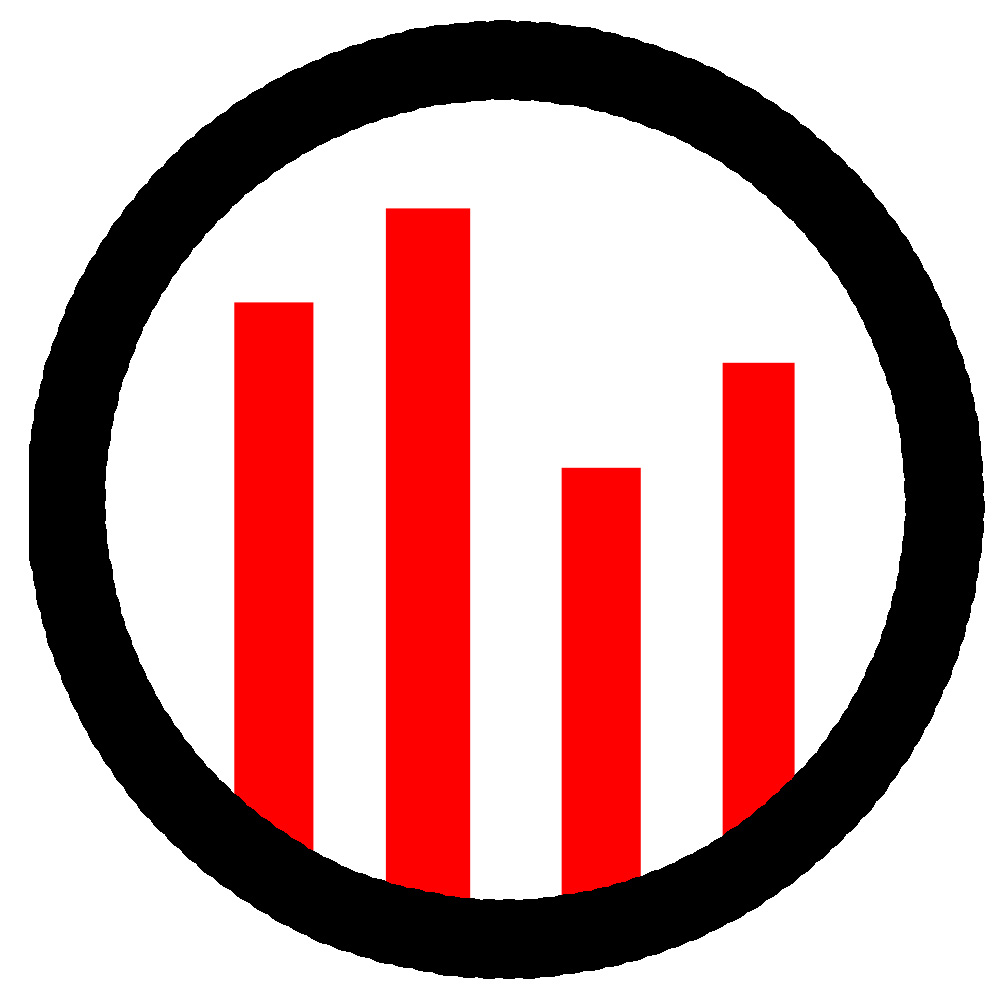
Major challenges now facing refiners amid market uncertainty: What crudes to buy? What products to make?
Recent industry views:
- Phillips 66 Chairman and CEO Greg Garland commented on the company's forward strategy, "I think to invest to reduce your cost structure, gain access advantage to crudes and some yield, those are all good investments that we should be making."
- In light of dwindling gasoline opportunity to the US, consultancy JBC Energy suggests that European refineries should focus on distillates production combined with purchase of price-advantaged crudes (e.g., Kashagan crude from Kazakhstan, US tight oil) due to more travel in Western Europe combined with increasing industrial activity around the world.
- The CEO of Italian refiner Saras Marco Schiavettis said at the Argus Mediterranean storage conference on June 1 that European refineries need to increase flexibility in regards to feedstock and product yields to remain competitive and stave off further capacity rationalization. In terms of crude feedstock flexibility to take advantage of lower prices in the spot market, Sara's 300K-b/d Sarroch refinery has doubled number of crude blends from 20 during 2010-14 to 40 in the last two years.
- According to Spanish refiner CEPSA close to 2.0MM b/d of European refining is at risk of closure if upgrades and modifications are not made. One of the reasons is the impending International Maritime Organization (IMO)'s low sulfur bunker fuel effective 2020. The mandate will reduce demand for residual fuel oil. Therefore, a number of European refiners have already announced planned investments aimed at upgrading the bottom of the barrel via various upgrading units—deasphalting, delayed coking, resid hydocracking, vacuum distillation, and visbreaking units—by CEPSA, ExxonMobil, Grupa Lotos, Ina, Neste, NIS, PKN Orlen, Preem , and Total.
- In an interview, Indian Oil Corp. Chairman B. Ashok said, "We have blending facilities in the west coast of India as well as east coast. We have been optimizing by blending. We have been able to source different crudes and blend it along with the others and use the cocktails." IOC bought cargoes of Russian Urals out of Black Sea ports in late March for processing while sour crude from the Middle East has tightened up thanks to OPEC's cuts.
A trying time for refiners
Despite efforts by OPEC and non-OPEC producers to cut output, the global market remains unstable in the foreseeable future. There are many factors which are not controllable and predictable, e.g. fast recovery of rather resilient US shale plays , geopolitical tension, and strength of US dollar, to name a few.
Lessening reliance on traditional suppliers, refiners nowadays are reaching farther to purchase and process different crudes around the world. With oil price volatility, buying price-advantaged or opportunity crudes—often poorer quality—on a spot market has become a common practice in order to maintain profit margins. However, the savings sometimes turn into challenges for refinery operations (e.g. corrosion, fouling, and catalyst poisoning), reliability, and even safety.
At the same time, refiners are facing demand shift in diesel and residual fuel oil markets because of the "diesel vehicle emission scandal," International Maritime Organization (IMO)'s lower sulfur bunker fuel oil mandate in 2020. Also high-octane gasoline is in high demand in emerging economies, thereby creating export outlets for US and European refiners.
Our select-client strategic report entitled, Novel Strategies of Processing Price-advantaged Crudes in a Volatile Oil Market, is designed to help refiners who are facing difficult decisions on selection of discounted crudes and making of products in demand amid unsteady price trends.
Major topics include:
- Crude Management: crude-refinery mismatch, decision in selection and blending, crude switching and scheduling, making of look-alike crudes, "dumb-bell" qualities, contamination and treating, incompatibility, oil storage, desalter operations;
- Processing light tight oil (LTO): fouling in preheat trains, lack of VGO, addition of atmospheric preflash unit and condensate splitter before CDU, catalyst deactivation, operational adjustments in FCC, HT, HC, and isom units;
- Bottom-of-the-barrel (BOB) upgrading: increasing product volumes and quality from coking, solvent deasphalting, visbreaking, RFCC, resid hydrotreating, and resid hydrocracking, reduction of HSFO to meet IMO bunker fuel mandates;
- Operations to produce right fuels timely: shifting from LCO to gasoline and vice versa, sulfur reduction, benzene saturation, enhanced propylene and BTX production, alkylation vs. reforming to make high octane components;
- Different configurations: challenges and opportunities in refineries with and without BOB upgrading, gasoline- and middle distillate-centric refineries; and
- Technology advancement to meet upcoming challenges: problems and steps to implement Internet of Things (IoT) for integration of information and operation technologies to increase flexibility, productivity, and safety.
Therefore, this 800+page comprehensive study is written to help refining clients tackle many challenges and identify unique opportunities in the fast-changing, uncertain conditions so that they can maintain profitability, stay ahead of the competition in good and bad times, and sustain business in the long run.
If you are interested in learning more about this publication, please contact us.


